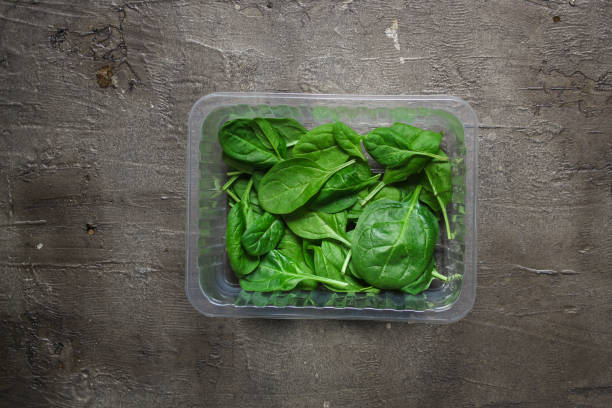Compostable clamshell containers are gaining popularity as a sustainable and environmentally friendly alternative to traditional plastic or Styrofoam containers. But what exactly are these containers and why are they so beneficial? In this blog post, we will break down the benefits of compostable clamshell containers, exploring what they are, how they are made, and why they are a great choice for both consumers and the planet. Join us as we dive into the world of compostable clamshell containers and discover the many advantages they offer.
Understanding What Compostable Clamshell Containers Are
Compostable clamshell containers are a sustainable and eco-friendly alternative to traditional plastic or Styrofoam containers. These containers are specifically designed to be broken down and decomposed through composting, turning into organic matter that can enrich the soil.
Compostable clamshell containers are typically made from renewable materials such as sugarcane fibers, bamboo, or bioplastics derived from corn or potato starch. Unlike their plastic counterparts, these containers do not contribute to pollution or landfill waste. They are designed to biodegrade within a specific time frame, leaving behind no harmful residue or microplastics.
These containers are not only environmentally friendly, but they are also versatile. They come in various sizes and shapes, making them suitable for a wide range of food packaging needs. Whether you’re serving hot or cold food, salads or sandwiches, compostable clamshell containers offer a sustainable option for takeaway meals or food delivery.
Overall, compostable clamshell containers are an excellent choice for reducing waste and minimizing the ecological footprint of food packaging.
The Ecological Impact of Using Compostable Clamshell Containers
Using compostable clamshell containers can have a significant ecological impact. By choosing these sustainable alternatives, we can reduce the amount of plastic waste that ends up in landfills or oceans. The production of traditional plastic containers contributes to greenhouse gas emissions and consumes non-renewable resources. In contrast, compostable clamshell containers are made from renewable materials, reducing our reliance on fossil fuels. Additionally, when these containers are composted, they break down into organic matter that enriches the soil and supports plant growth. This closed-loop system reduces the need for synthetic fertilizers and promotes a healthier environment. By using compostable clamshell containers, we can make a positive impact on the planet and contribute to a more sustainable future.
Key Benefits and Uses of Compostable Clamshell Containers
Compostable clamshell containers offer a multitude of benefits and uses that make them a great choice for both consumers and the planet. Firstly, these containers are a sustainable alternative to traditional plastic or Styrofoam containers. They are made from renewable materials such as sugarcane fibers or bioplastics derived from corn or potato starch, reducing our reliance on fossil fuels. Additionally, compostable clamshell containers are versatile and come in various sizes and shapes, making them suitable for a wide range of food packaging needs. Whether you’re serving hot or cold food, salads or sandwiches, these containers provide a sustainable option for takeaway meals or food delivery. By choosing compostable clamshell containers, you can contribute to reducing waste, minimizing your ecological footprint, and promoting a healthier environment.
Challenges and Solutions in Implementing Compostable Clamshell Containers
Implementing compostable clamshell containers can present challenges, but there are solutions to overcome them. One challenge is the cost. Compostable containers may initially be more expensive than traditional plastic ones, but as demand grows and production increases, costs are likely to decrease. Another challenge is consumer education. Many people are not familiar with compostable containers or the proper way to dispose of them. Educating consumers on the benefits and proper usage of these containers is essential. Additionally, there may be logistical challenges in terms of composting infrastructure and collection systems. Collaborating with composting facilities and exploring innovative collection methods can help overcome these challenges. Overall, with awareness, collaboration, and innovation, we can successfully implement compostable clamshell containers and move towards a more sustainable future.
Conclusion
In summary, compostable clamshell containers are a game-changer when it comes to sustainable food packaging. These containers are not only environmentally friendly but also versatile and practical for a wide range of food packaging needs. By opting for compostable clamshell containers, we can significantly reduce plastic waste, minimize our ecological footprint, and promote a healthier environment.
While implementing compostable clamshell containers may present challenges such as cost and consumer education, with increased awareness and collaboration, these challenges can be overcome. As demand for compostable containers grows and production increases, costs are likely to decrease. Educating consumers about the benefits and proper usage of these containers is crucial for their widespread adoption.
By choosing compostable clamshell containers, we can make a positive impact on the planet, one meal at a time. Let’s embrace the benefits of these sustainable alternatives and work towards a more eco-friendly future.











